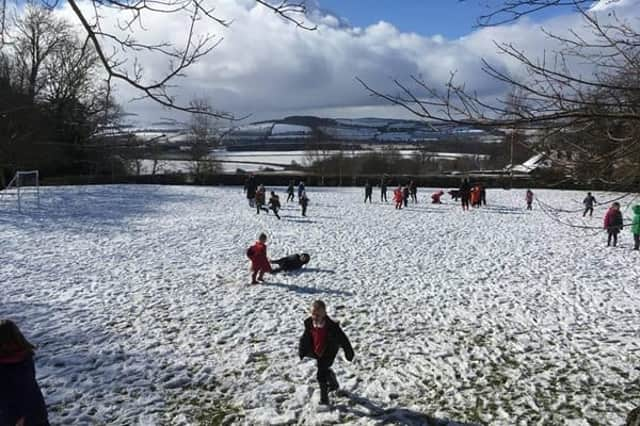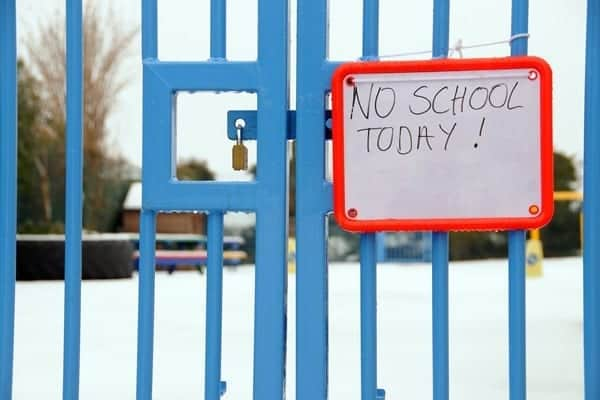Snow days: why some schools close and some stay open


As the Beast from the East swept in this week it wreaked havoc across the nation, causing widespread travel disruption and forcing the majority of schools to close.
While most of us would relish waking up to a snow day and being granted some free time to make the most of the wintry weather, the decision to enforce a school closure is one that is not taken lightly.
Advertisement
Hide AdAdvertisement
Hide AdMaking the decision


When an impending bout of bad weather is on its way, immediate thoughts turn to the impact on travel and staying safe in the conditions.
But for schools, there are a significant number of other factors which have to be considered.
According to the Department of Education, schools are required to be in operation for 195 days of the year but are able to close in exceptional circumstances, including:
The death of a member of staff, pupil or another person working at the schoolPower cutAdverse weather conditionsBurst pipes and/or floodingSecurity activity in the areaUse as a polling station
Advertisement
Hide AdAdvertisement
Hide Ad

While these factors allow the flexibility to enforce a closure if affected by adverse weather, it is a choice that has to be made individually by the school's headteacher alone, as a spokesperson from Leeds City Council explained:
"It is entirely up to individual head teachers to decide what is best, based on the local conditions around their school and the number of staff that have been able to get into the school in the adverse weather conditions.
"Some may come to us for advice, but they don't have to liaise with us at all.
"Headteachers will generally only close their school as a last resort and they will work closely with their site manager, and sometimes the chair of governors, in order to reach a decision."
Advertisement
Hide AdAdvertisement
Hide Ad

Assessing the risks
With the safety of both staff and students to consider, the process of weighing up the risks begins long before the school day is due to begin and involves an arduous procedure of safeguarding checks.
Helen Stott, Head Teacher at Allerton CE Primary School, explained:
"Yesterday was the first time we have closed the school in 11 years and it was incredibly hard to do.


"I don't live near the school, so I liaise with my site supervisor around 5.30am and he will perform a risk assessment of the access to the site in the first instance and other key safety issues, and we'll discuss the state of the local roads.
Advertisement
Hide AdAdvertisement
Hide Ad"I also take into consideration up to date forecasts sent from the local authority to see if the weather is expected to deteriorate."
Along with corresponding with the on-site supervisor, teachers have to take account the much broader picture and will gather information on the local area before making a decision.
"We take advice from the local authority who send regular weather warnings from the Met Office throughout the year, which is incredibly helpful and allows us to make preparations for all kinds of adverse weather conditions," says Stott.
"Local schools work together in families of schools and clusters, and head teachers will often communicate with each other to find out what the local picture is.
Advertisement
Hide AdAdvertisement
Hide Ad